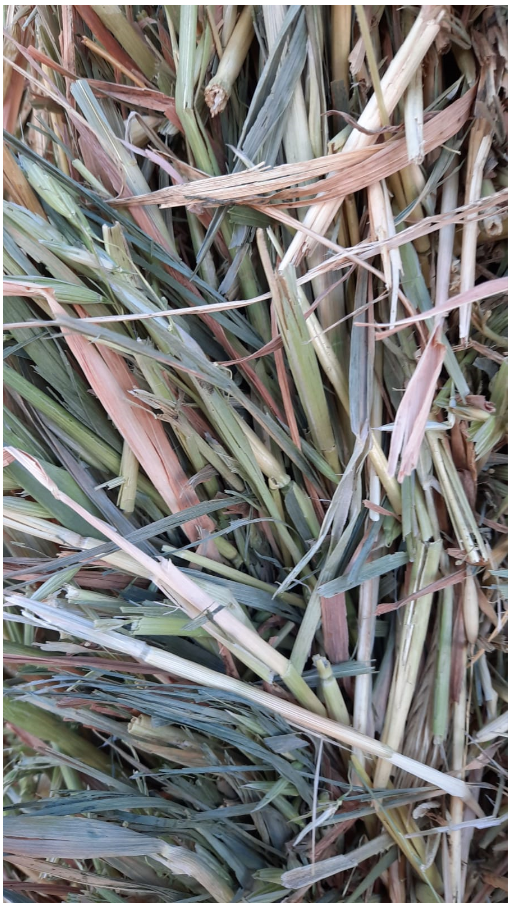Seasonal Update
Rainfall has made curing difficult from central SA, across northern VIC, to NSW this week. Heavy crops and damp conditions make for slow progress.
Conditions in the Goulburn Murray Valley look favourable for growers who want to take a second cut of silage, despite continued rainfall in the area. The South West enjoyed some respite, with no significant rain this week. Growers will take stock of damage levels in the Mallee and Wimmera area.
South East SA also received some rainfall – up to 20mm in the week.
WA has generally had an easier time of it lately. No major rainfall in the region allowed growers to complete their cereal hay season. The eastern part of the Wheat Belt has missed any significant rainfall, with yields looking to be below average – in contrast to much of the rest of the country.
Figure 1: Last Week’s Rainfall

Figure 2: BoM 8-Day Rainfall Forecast

Figure 3: BOM-Australian Landscape Water Balance

Figure 4: Precipitation Outlook

Trading and Marketing

Victoria
| Goulburn Murray Valley – Big heavy crops in the area are requiring significant drying time and many growers already have weather damaged new season hay from the past fortnight. Late crops are being cut now and demand remains subdued in the region. Rain-fattened crops in the Goulburn Murray Valley need longer drying times than usual. This will likely add to the stock of weather-damaged hay from the past fortnight. Quality in the region will likely come at a premium. Dairy farmers in the west of the state are looking to fill a shortage in good quality cereal and vetch hays. Look to this area as a key driver of demand going forward. Cereal hay in the Wimmera region is yielding 8-10/tonne and vetch is 3.5/tonne and up. Vetch in the Mallee is varied but yielding approximately 2-3.5/tonne. Growers are wisely moving excess hay to storage in anticipation of future demand.All prices remained steady this week.
Western Australia
|


